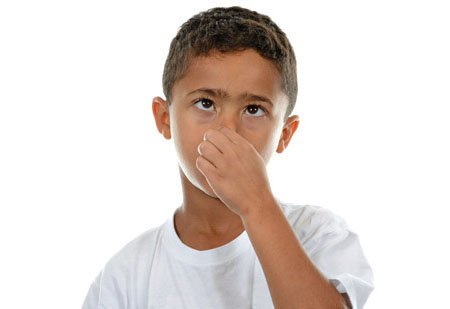5 Steps to forestall a Nosebleed
Treating a nosebleed incorrectly can prolong bleeding and make matters worse. follow those five steps to handle a nosebleed.

Nosebleeds (or epistaxis) are pretty common, especially in youngsters. They normally occur because of a minor harm, nose picking, or nose blowing. once in a while, nosebleeds can sign underlying illness or injury. Very hardly ever, a nosebleed may be life-threatening, especially in older human beings. Treating a nosebleed incorrectly can lengthen bleeding and make things worse. observe these five steps to address a nosebleed.
🔶1. Sit down the patient down.
Ask them to lean forwards (not backward) so that the blood drains far from the nose, now not down the throat. wear disposable gloves when you have them to shield your self and the patient.
🔶2. Pinch the nose.
Tell the patient to respire via their mouth and pinch the gentle part of their nostril to help reduce blood float, blockading the nostrils. He or she can lean over a sink or a bowl for you to spit out any blood as swallowing it can make them ill. suggest them no longer to sniff, swallow, or a cough, as it may disturb the clots that are forming.
🔶3. Check the nose.
After ten minutes, launch the strain and test the nostril. If nonetheless bleeding, pinch the nose for any other ten minutes.
🔶4. Offer a cold compress.
Provide the affected person an ice or bloodless % to keep towards the bridge of their nostril to assist lessen blood go with the flow.
🔶5. Check the nose once more.
As soon as the bleeding has stopped, permit the affected person to clean around their nostril with a humid fabric. inform them now not to blow their nostril and avoid strenuous hobby for up to 12 hours.
are looking for the clinical recommendation for a nosebleed if you have:
📘Common nosebleeds (greater than as soon as per week) – this could be a signal of high blood strain.
Continual nosebleeds in a person who's on blood-thinning medicinal drug together with Warfarin.
Skinny watery blood from the nose following a blow to the top, that could suggest a possible cranium fracture.
Frequent nosebleeds observed by way of bleeding gums in addition to bruises that broaden for no apparent cause.